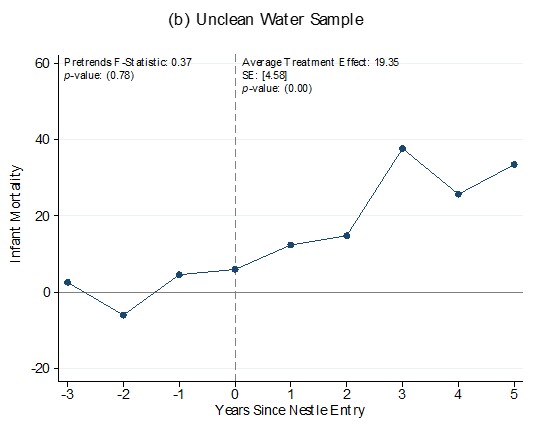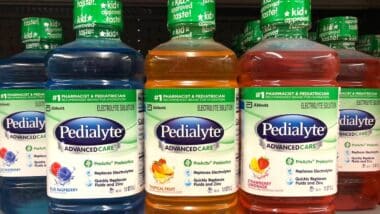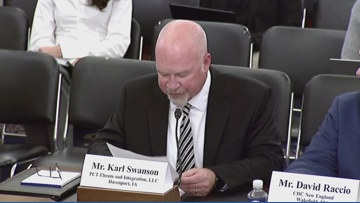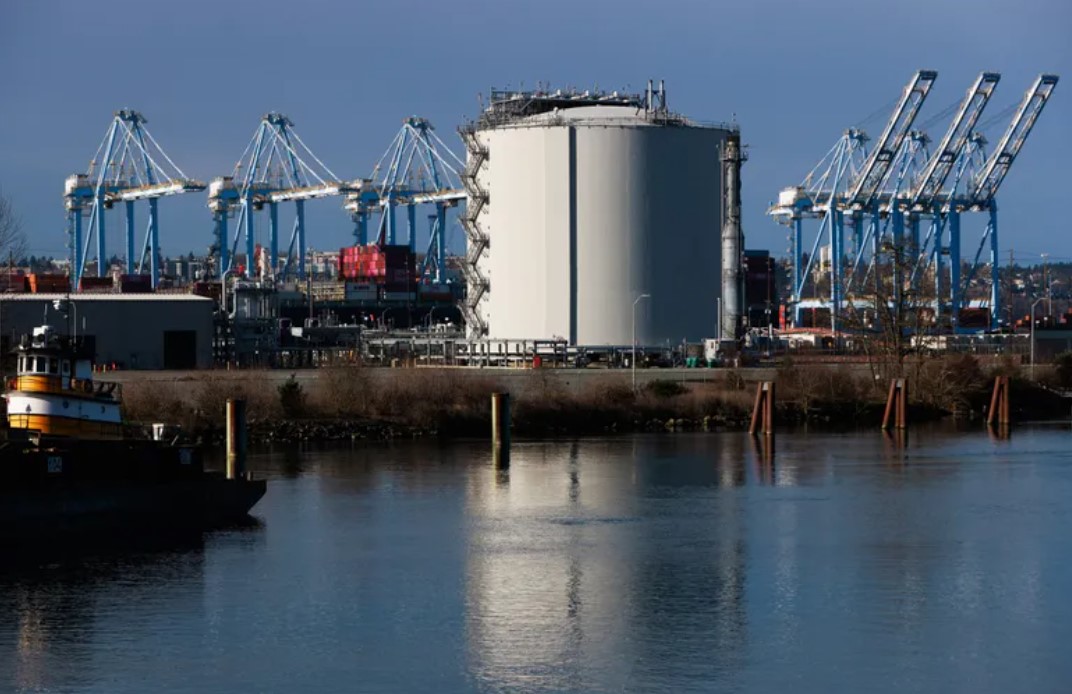Report on Legal Action Against Nestlé and Implications for Sustainable Development Goals
Introduction: Renewed Legal Scrutiny of Corporate Supply Chains
A new lawsuit has been initiated against Nestlé in the United States, bringing allegations of modern slavery and child labor within its cocoa supply chains back into legal focus. This action follows a prior case dismissed by the U.S. Supreme Court four years ago. The current legal strategy, however, is anchored in a local consumer protection law, representing a tactical shift to hold the multinational corporation accountable for practices that are in direct conflict with multiple United Nations Sustainable Development Goals (SDGs).
Case Background and Legal Strategy
The core of the legal challenge centers on the alleged use of child labor on cocoa farms in West Africa that supply Nestlé. While a previous attempt to sue the company for “aiding and abetting child slavery” was unsuccessful at the federal level, the new case reframes the issue as a violation of consumer protection standards. This approach seeks to establish corporate liability by arguing that consumers are being misled about the ethical nature of the products they purchase.
- Previous Litigation: The U.S. Supreme Court ruled that Nestlé could not be held liable under the Alien Tort Statute for abuses committed overseas.
- Current Litigation: The new lawsuit utilizes a Washington, D.C. consumer protection law, shifting the legal basis from international human rights law to domestic commercial and consumer law.
Direct Conflict with Sustainable Development Goals (SDGs)
The allegations against Nestlé highlight significant challenges to the achievement of the 2030 Agenda for Sustainable Development. The case is intrinsically linked to the following goals:
-
SDG 8: Decent Work and Economic Growth
The lawsuit directly addresses violations of Target 8.7, which calls for immediate and effective measures to “eradicate forced labour, end modern slavery and human trafficking and secure the prohibition and elimination of the worst forms of child labour… and by 2025 end child labour in all its forms.” The continued presence of child labor in corporate supply chains represents a fundamental failure to advance toward this critical target.
-
SDG 12: Responsible Consumption and Production
This goal encourages companies to adopt sustainable practices and integrate sustainability information into their reporting cycles (Target 12.6). The lawsuit suggests a disconnect between corporate sustainability claims and the reality of production practices. By leveraging consumer protection law, the case underscores the demand for transparency and accountability in production patterns, empowering consumers to make responsible choices.
-
SDG 16: Peace, Justice and Strong Institutions
The legal action itself is an attempt to utilize judicial institutions to enforce justice and end the abuse and exploitation of children (Target 16.2). It tests the capacity of legal frameworks to hold powerful corporate actors accountable for human rights violations occurring within their global operations, thereby seeking to strengthen institutions for justice.
-
SDG 1: No Poverty
Child labor is inextricably linked to systemic poverty. While not the direct subject of the lawsuit, the conditions that lead to child exploitation are a manifestation of a failure to achieve SDG 1. Addressing corporate practices is a key component of tackling the economic desperation that forces children into labor.
Implications for Corporate Accountability and the 2030 Agenda
This legal challenge serves as a critical test for corporate responsibility in the era of sustainable development. Its outcome may set a precedent for how multinational corporations are held accountable for human rights and labor standards within their supply chains. A successful case could reinforce the principle that corporate responsibility is not merely a voluntary commitment but a legally enforceable obligation, essential for achieving the global vision outlined in the SDGs.
Analysis of the Article in Relation to Sustainable Development Goals (SDGs)
1. Which SDGs are addressed or connected to the issues highlighted in the article?
-
SDG 8: Decent Work and Economic Growth
- The article’s central theme revolves around allegations of “child labour,” “child slavery,” and “modern slavery” within the cocoa supply chains. These issues are in direct opposition to the principles of decent work and the goal of eradicating such practices.
-
SDG 12: Responsible Consumption and Production
- The case against Nestlé, a major corporation, for practices within its “cocoa supply chains” directly relates to this goal. It highlights the need for companies to adopt sustainable and ethical production methods and be accountable for the entire lifecycle of their products.
-
SDG 16: Peace, Justice and Strong Institutions
- The article describes a legal battle, mentioning the “US Supreme Court,” a “lawsuit,” and a “consumer protection law.” This connects to the goal of ensuring access to justice for all and building effective, accountable institutions at all levels to combat exploitation.
2. What specific targets under those SDGs can be identified based on the article’s content?
-
Target 8.7: Take immediate and effective measures to eradicate forced labour, end modern slavery and human trafficking and secure the prohibition and elimination of the worst forms of child labour… and by 2025 end child labour in all its forms.
- This target is directly addressed by the article’s focus on “modern slavery allegations” and the “aiding and abetting child slavery” lawsuit concerning workers on a cocoa farm.
-
Target 12.6: Encourage companies, especially large and transnational companies, to adopt sustainable practices and to integrate sustainability information into their reporting cycle.
- The lawsuit against Nestlé is an attempt to hold a transnational company accountable for its supply chain practices, thereby pressuring it and other corporations to adopt more sustainable and ethical operations.
-
Target 16.2: End abuse, exploitation, trafficking and all forms of violence against and torture of children.
- The allegation of “child slavery” is a severe form of child exploitation and abuse, making this target highly relevant to the core issue discussed in the article.
3. Are there any indicators mentioned or implied in the article that can be used to measure progress towards the identified targets?
-
Implied Indicator for Target 8.7: Prevalence of child labour and modern slavery in specific supply chains.
- While the article does not provide statistics, the very existence of the lawsuit is predicated on the claim that child labor and slavery exist in Nestlé’s cocoa supply chain. Proving this claim in court would require evidence that serves as an indicator (e.g., the number of children forced to work on cocoa farms in Ghana).
-
Implied Indicator for Target 16.2: Number of victims of exploitation and trafficking.
- The lawsuit seeks justice for individuals who were allegedly victims of “child slavery.” The legal proceedings attempt to formally identify and recognize these victims, whose existence is an indicator of the prevalence of child exploitation.
-
Implied Indicator for Target 16.3 (Access to Justice): Number and outcome of legal cases concerning corporate accountability for human rights abuses.
- The article details a specific legal action (“fresh US lawsuit”) and references a past one (“US Supreme Court ruled that Nestlé could not be held liable”). These lawsuits and their outcomes serve as indicators of the effectiveness of legal systems in providing justice and holding corporations accountable.
4. Summary Table of SDGs, Targets, and Indicators
| SDGs | Targets | Indicators (Implied from the article) |
|---|---|---|
| SDG 8: Decent Work and Economic Growth | 8.7: Eradicate forced labour, end modern slavery and human trafficking, and eliminate child labour. | The existence and prevalence of “child labour” and “modern slavery” on cocoa farms in Ghana. |
| SDG 12: Responsible Consumption and Production | 12.6: Encourage companies to adopt sustainable practices and integrate sustainability reporting. | Legal actions (“lawsuit”) taken to hold transnational corporations like Nestlé accountable for their “cocoa supply chains.” |
| SDG 16: Peace, Justice and Strong Institutions | 16.2: End abuse, exploitation, trafficking and all forms of violence against children. | The number of victims of alleged “child slavery” for whom justice is being sought through the legal system. |
Source: globalinvestigationsreview.com







